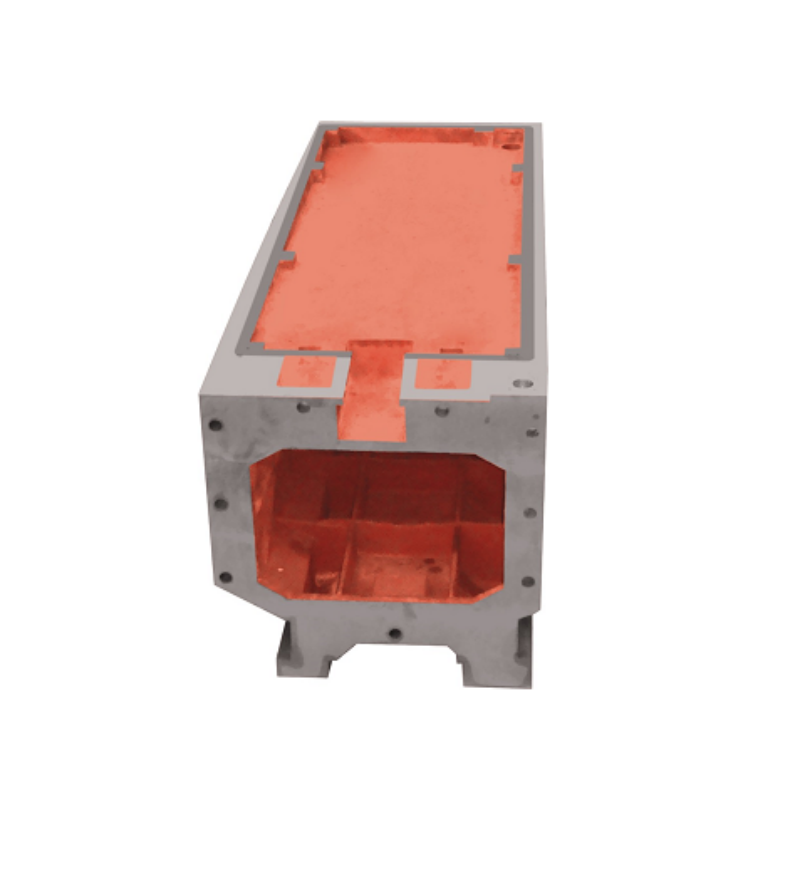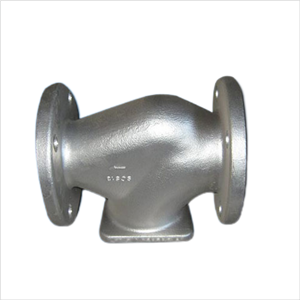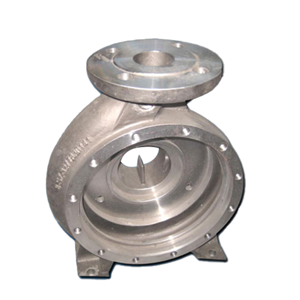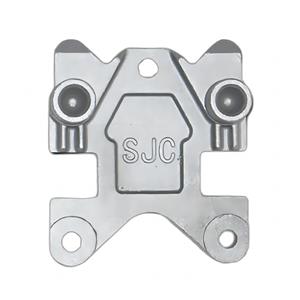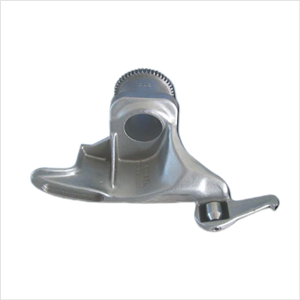The Production Process of Machine Tool Iron Castings
In modern industrial production, Machine Tool Iron Castings, as an important foundational component, have a profound impact on the stability and efficiency of the entire production process due to their quality and performance. Cast iron is an alloy composed of elements such as iron, carbon, and silicon, which has excellent casting and physical properties. In the production of Machine Tool Iron Castings, the ingredients are first prepared according to design requirements, followed by steps such as melting, pouring, cooling, and cleaning.
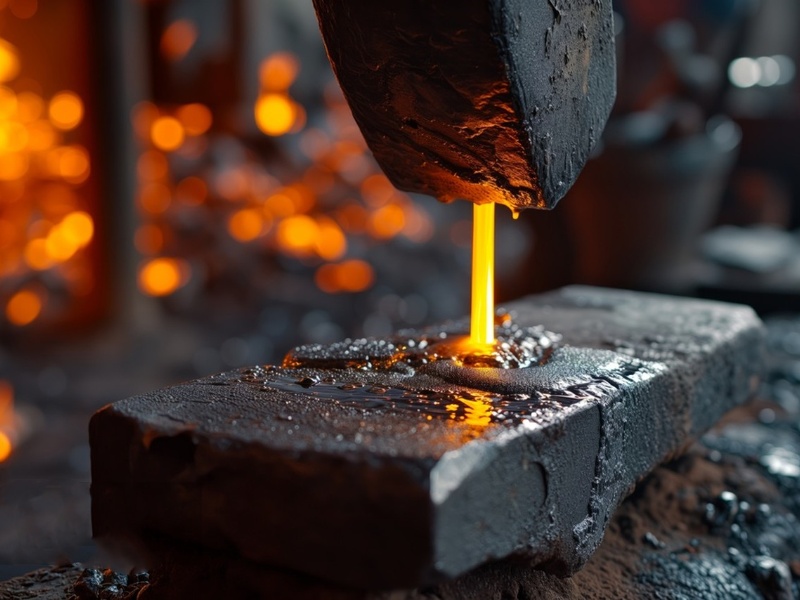
1. Ingredients: The ingredients of Machine Tool Iron Castings are crucial for their mechanical properties and service life. To ensure that the physical and mechanical properties of cast iron parts meet the requirements, it is necessary to make reasonable ingredients according to the product's usage environment and performance requirements.
2. Melting: Melting is an important process in the production of cast iron, with the aim of fully melting the ingredients and removing impurities from them. During the smelting process, temperature and time must be strictly controlled to ensure that the ingredients are fully melted and do not produce excessive oxides.
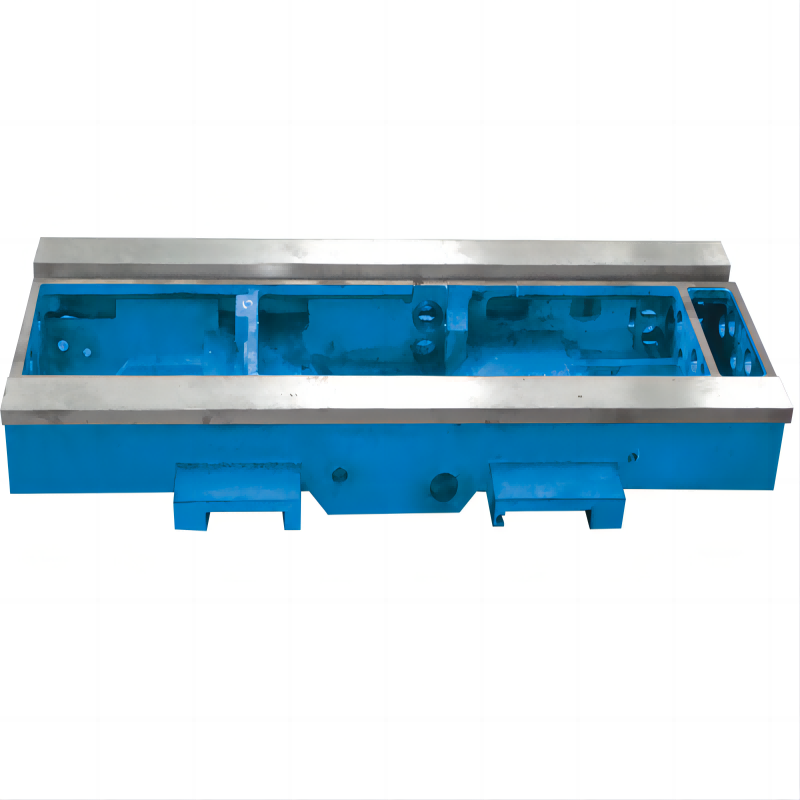
3. Pouring: Pouring is the process of injecting molten iron into a mold. During pouring, it is necessary to control the pouring speed and temperature to prevent defects such as porosity and slag inclusion.
4. Cooling: After pouring, the casting needs to be cooled for a period of time to fully cure. During the cooling process, it is necessary to control the cooling speed to prevent cracking.
5. Cleaning: After cooling, the casting needs to be cleaned to remove surface impurities and excess metal. Cleaning can be done using mechanical or chemical methods, depending on the specific situation of Machine Tool Iron Castings.
